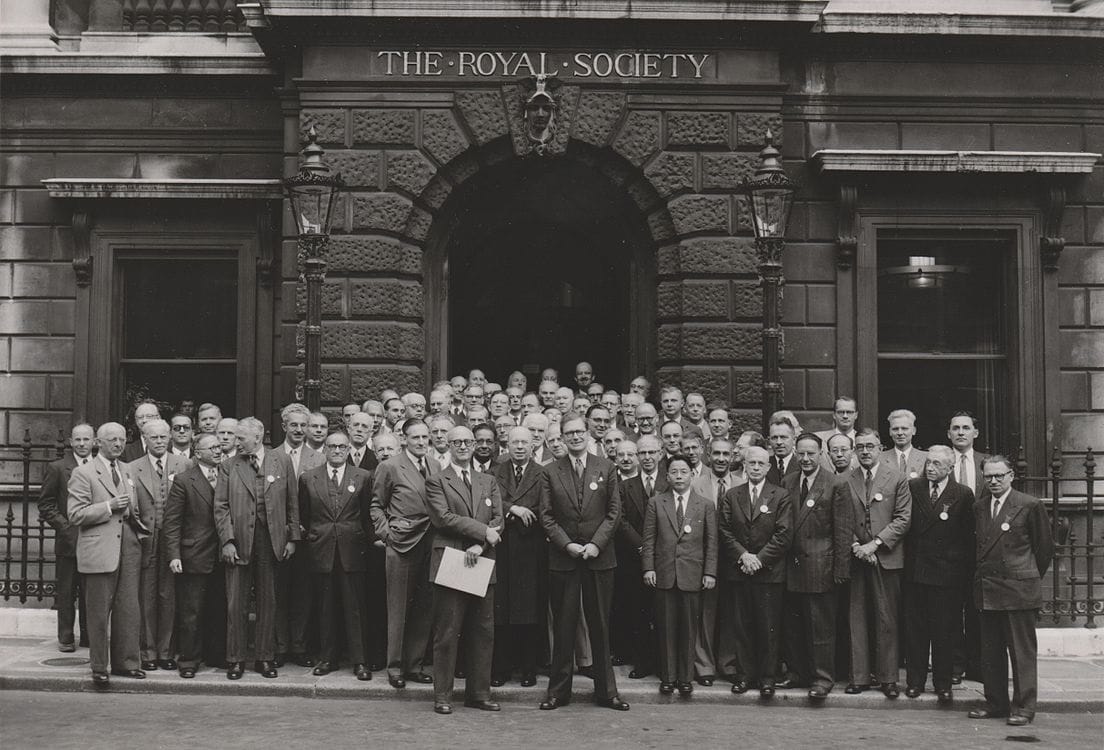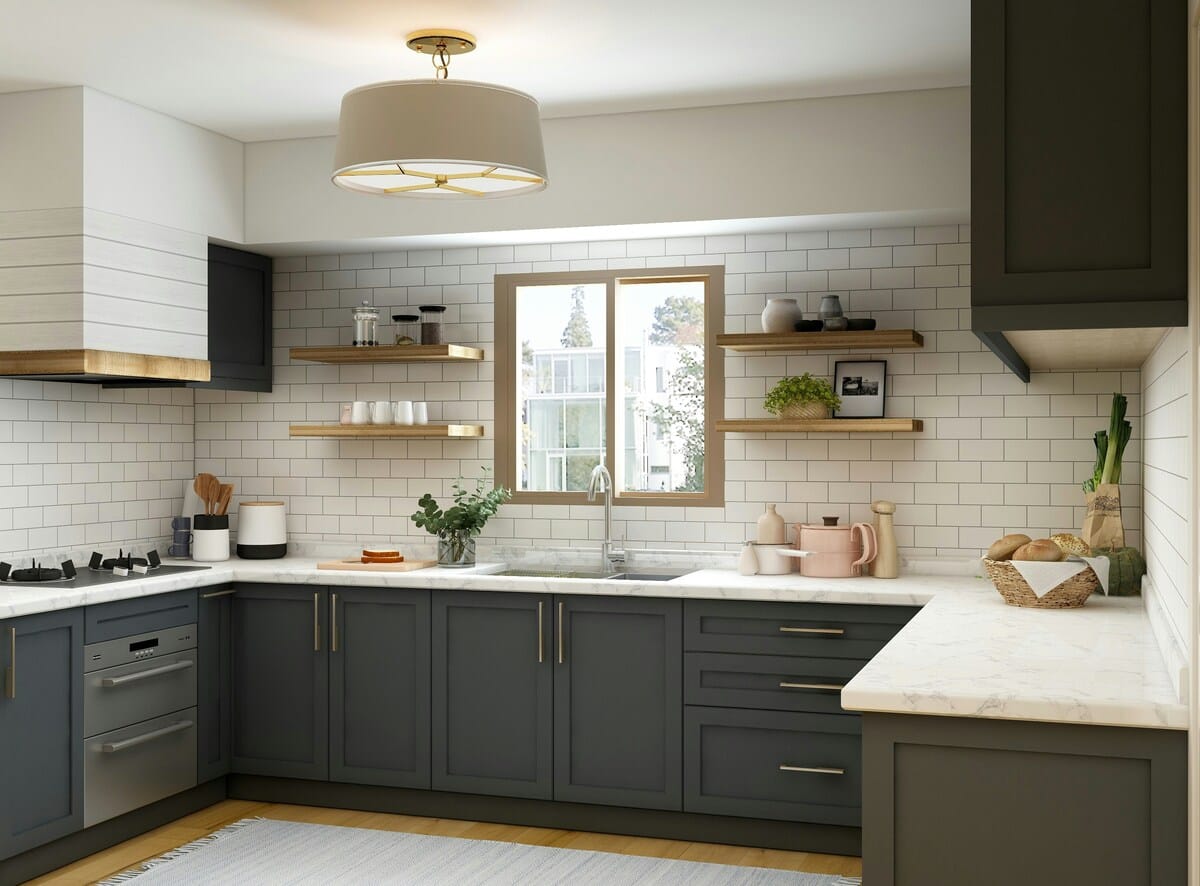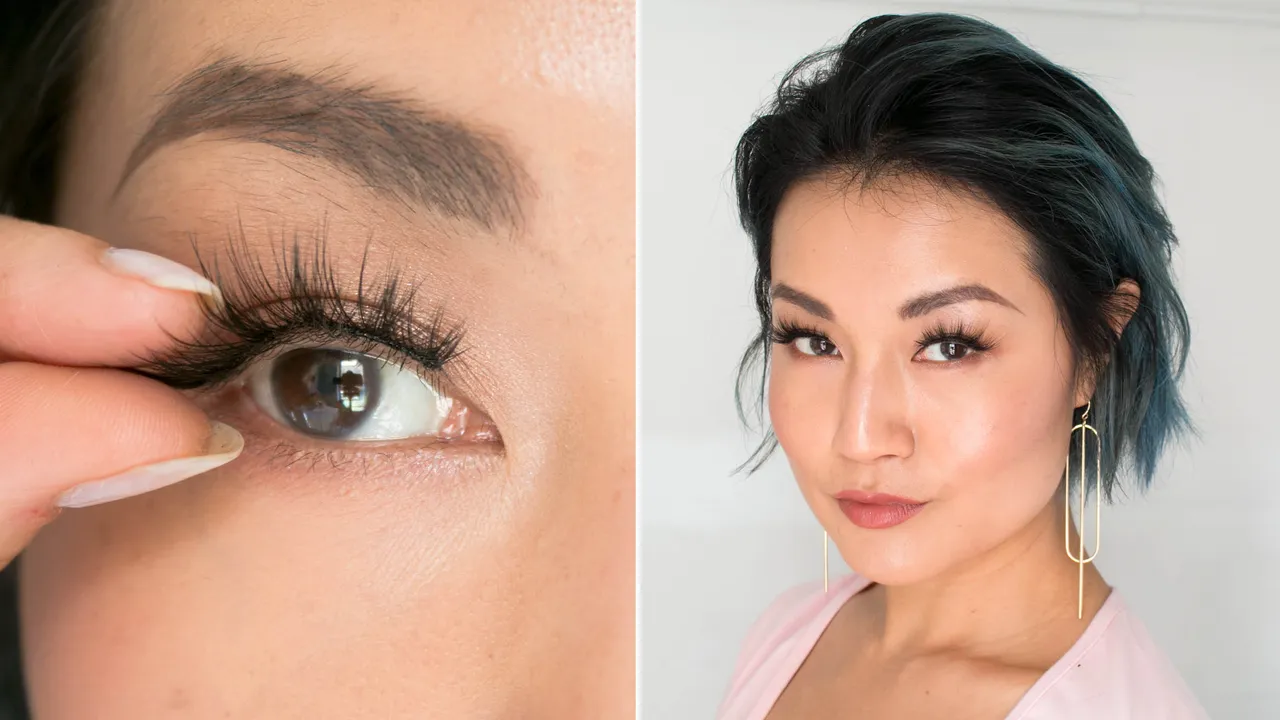
The 1950s were a transformative decade in many ways, and nowhere is this more evident than in the realm of fashion. Post-World War II prosperity, the rise of consumer culture, and the emergence of new design influences all contributed to a vibrant, dynamic fashion scene. Step back in time with us as we explore the iconic trends and styles that defined 1950s fashion.
The Birth of the New Look
One of the most significant fashion moments of the 1950s was the introduction of Christian Dior’s “New Look” in 1947. Although its inception was at the tail end of the 1940s, its impact reverberated throughout the 1950s. The New Look featured a full skirt with a cinched waist, emphasizing an hourglass figure that was a stark contrast to the wartime utilitarian styles. This look symbolized a return to femininity and luxury, and its influence was felt across the globe, setting the tone for 1950s fashion.
The Rise of Casual Elegance
While haute couture thrived, the 1950s also saw the rise of casual wear that captured a sense of youthful rebellion and relaxation. This period saw the popularization of jeans, T-shirts, and bomber jackets, thanks in part to Hollywood icons like James Dean and Marlon Brando. The denim jeans worn by these stars quickly became a symbol of youthful defiance and casual coolness, contrasting sharply with the more formal attire of previous decades.
Icons of Style
The 1950s were characterized by the influence of Hollywood glamour and pop culture. Stars like Marilyn Monroe, Audrey Hepburn, and Elizabeth Taylor became fashion icons, their personal styles setting trends that would endure for decades. Monroe’s sultry, figure-hugging dresses became synonymous with glamour, while Hepburn’s classic elegance, often embodied by her petite black dress, set a new standard for chic minimalism. Taylor’s opulent and dramatic wardrobe showcased the era’s penchant for luxury and sophistication.
The Influence of Subcultures
The 1950s also saw the rise of distinct subcultures, each with its unique fashion statements. The Rockabilly movement, with its blend of rock ‘n’ roll and vintage Americana, brought forth an edgy yet nostalgic style characterized by polka dots, leather jackets, and high-waisted skirts. Meanwhile, the Beatniks embraced a more bohemian, minimalist look, favoring turtlenecks, berets, and slender, cropped pants. Each subculture expressed a different facet of 1950s rebellion and creativity.
The Evolution of Women’s Wear
Women’s fashion in the 1950s was marked by a return to traditional femininity but also saw the introduction of new styles and silhouettes. Full skirts, often worn with petticoats, and fitted bodices characterized daywear, while eveningwear featured luxurious fabrics and intricate embellishments. The silhouette of the decade often emphasized a narrow waist and full hips, reflecting both a nostalgia for the pre-war glamour and a celebration of post-war affluence.
Men’s Fashion: Classic and Cool
Men’s fashion in the 1950s was equally influential, balancing between classic tailoring and casual, relaxed styles. The suit was a staple, with the traditional three-piece ensemble becoming a symbol of sophistication and status. At the same time, casual attire such as chinos, polo shirts, and the ever-popular cardigan emerged, reflecting a more laid-back yet polished aesthetic.
Footwear and Accessories
Footwear and accessories played a significant role in completing the 1950s look. Women’s shoes ranged from elegant pumps and ballerina flats to more casual loafers and saddle shoes, while men’s fashion included loafers, oxfords, and boots. Accessories like pearls, gloves, and hats, including the iconic pillbox hat, added the finishing touches to many outfits, highlighting the era’s attention to detail and refinement.
The fashion of the 1950s was a rich tapestry of elegance, innovation, and rebellion. It was a decade that bridged the gap between the wartime austerity and the rapidly changing social landscape of the 1960s. From the luxurious New Look and Hollywood glamour to the emergence of youth culture and casual wear, the 1950s set a precedent for style and individuality that continues to influence fashion today. So next time you don a retro dress or a classic bomber jacket, remember: you’re channeling the timeless elegance and bold spirit of the 1950s.






